

The three-time world champion, Max Verstappen was ordered ‘community service’ yesterday by the FIA Stewards for ‘swearing’ in the Thursday Press Conference. Max was asked about...
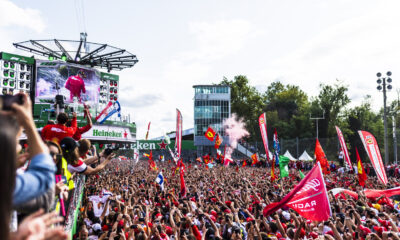

The last time the F1 paddock went racing, we were treated with a dominant run of performance. The only difference was this that this time it...
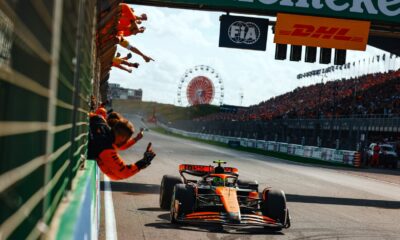

The 2024 Dutch GP saw exciting action, unpredictable strategies, and unexpected podium finishes, making it one of the most memorable races of the season. In front...
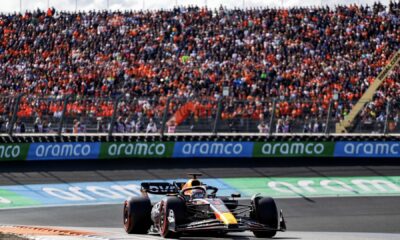

As the F1 circus rolls into Zandvoort for the 2024 Dutch GP, all eyes are on Max Verstappen, who returns to his home circuit with something...
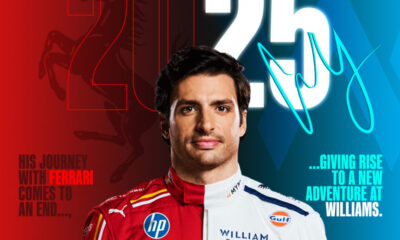

As the summer break starts, the first bombshell news has arrived. Carlos Sainz has signed with Williams for a multi-year deal. How has this happened and...
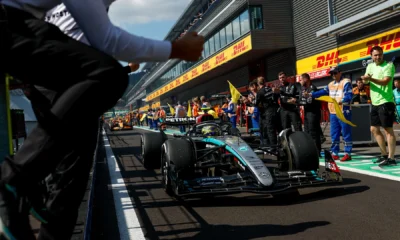

Going into the Belgian GP, we had Mclaren or Redbull as the probable team for the win. But as unpredictable is the the 2024 season, it...
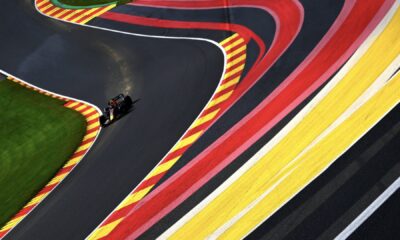

Over the past few race weekends, we F1 fans have been in for a treat. With no single driver winning more than 2 races in a...


Audi appoints Former Ferrari Team Principal Mattia Binotto as their new lead. Binotto will be returning to F1 in 2026 after his disappointing tenure at Ferrari...


Oscar Piastri became the fifth Australian to win a Formula 1 Grand Prix and gave us the seventh different race winner of the year at the...


Formula One returns to the historic Hungaroring, a tight twisty and unpredictable race track. Read DRC's race preview here.